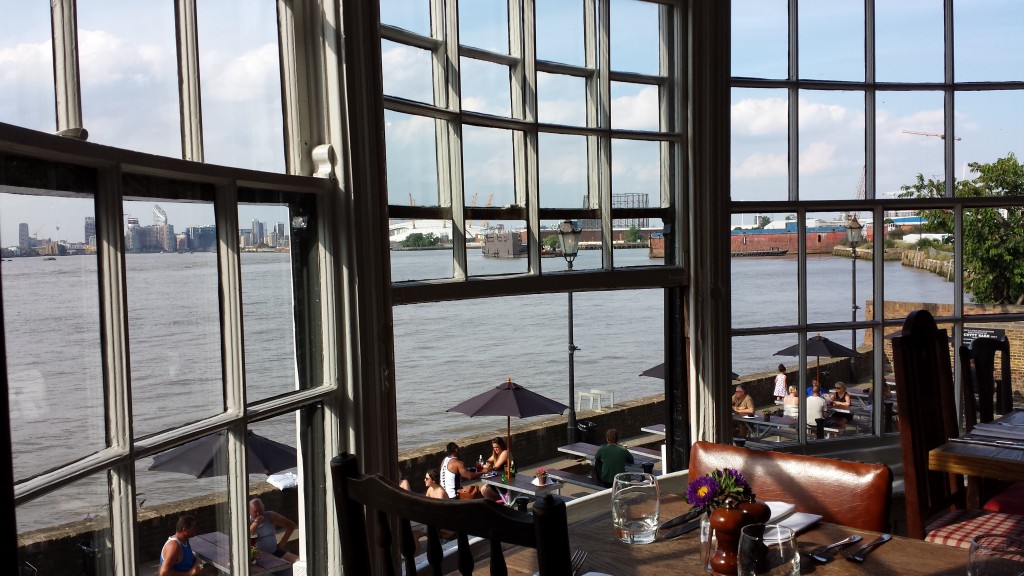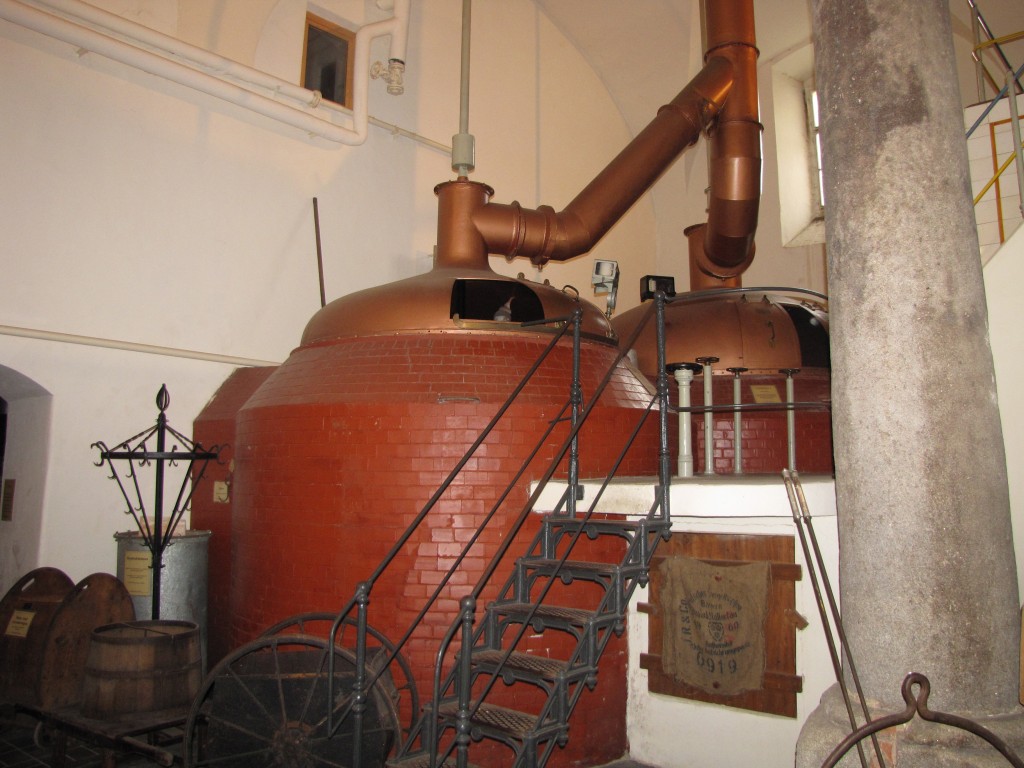
At Pub 27 in Pompeii
Roanoke, So Far, So Good: Starr Hill Pilot Brewery and Side Stage Brainstorm Sesh Session IPA
Date: May 11, 2019
We’ve featured Starr Hill’s Roanoke’s Pilot Brewery and Side Stage before. Click here for a brief overview of Roanoke and a description of the Pilot Brewery’s Brut IPA. Today as part of our Roanoke series, we’ll take a taste of the mini-brewery’s Brainstorm Sesh Session IPA.
The Story— Virginia, like most of the United States, is almost awash in breweries. The intense competition among craft breweries within what is still a relatively small segment of the overall beer market has resulted in game-changing shifts in strategies. This week’s top beer story is Samuel Adams’s purchase of Dogfish Head since the mergers and buyouts grab the headlines. However, more incremental moves to try to shore up market share have at least as great an impact on the average beer drinker. In Virginia the rise of satellite breweries is second only to the wave of farm breweries in increasing available choices for craft beer seekers.
Breweries in Virginia can’t usually set up non-brewing tap houses apart from tasting rooms at the brewery, but they can establish establish satellite or pilot breweries which sell a mix of on-premise brew as well as a range of beer from the mother brewery. Some of these breweries opened taprooms with breweries barely larger than a chemistry set and mostly sold their home brewery’s products. The Virginia Legislature narrowed the loophole by passing a bill that required brewery satellites to produce at least 20% of the beer they sell on-site. (Come back Monday for more on the one exception to the bill: Deschutes’s Roanoke Taproom.)
Of the three satellite breweries in Roanoke, Starr Hill seems to be the most fully compliant with the on-premise requirement. The brewery had over twenty beers on tap on our late-March visit and several were brewed in-house. The 20% requirement not only works to ensure worthwhile brewery visits to beer hunters, but it means the in house beers have to be good enough to sell well up against those from the mother brewery. Our trio of Roanoke-brewed Starr Hill beers were very good indeed and included a very nice session IPA.
“Session beers” have long been popular in England where a group of six drinkers is usually going to down a half-dozen 20 ounce pints as each member of the group buys a round. Beers almost never rise above 4% and many hover in the middle threes. In the US session beers aren’t rigidly defined and mostly the term implies that there’s less alcohol than the style usually has. Schmaltz Brewing’s Jeremy Cowan produced a tongue-in-cheek Wishbone Session Double IPA that rang up 8% abv.– suitable for a very short session indeed. As a very rough guide, though, more often than not a Session Pale Ale will be at or near 4% and a Session IPA 4.5% to 5.5%.
The Beer—Starr Hill’s fit the range for a SIPA at 5.3% and provided much of the taste of a full fledged IPA. Chalky, chewy and toasty malts with lots of herbal and spicy hops provide plenty of flavor. Citrus and fruits grow in the aftertaste. Surprisingly full-bodied for a 5.3% beer. We assume there are some unfermented sugars that might, if consumed in a long session, make the next morning unexpectedly challenging, We didn’t do the full required research, though; investigating eight breweries in three days imposes limits to even session beers, alas.
Value — Good. $6.50 for a US “pint” is no bargain, but the beer was good enough to make us happy enough to spend the money.
Values: “fair” is a good beer at an above market price, “good” is worth the money, “very good” is a bargain, and “excellent” is a steal.



Leave a Reply